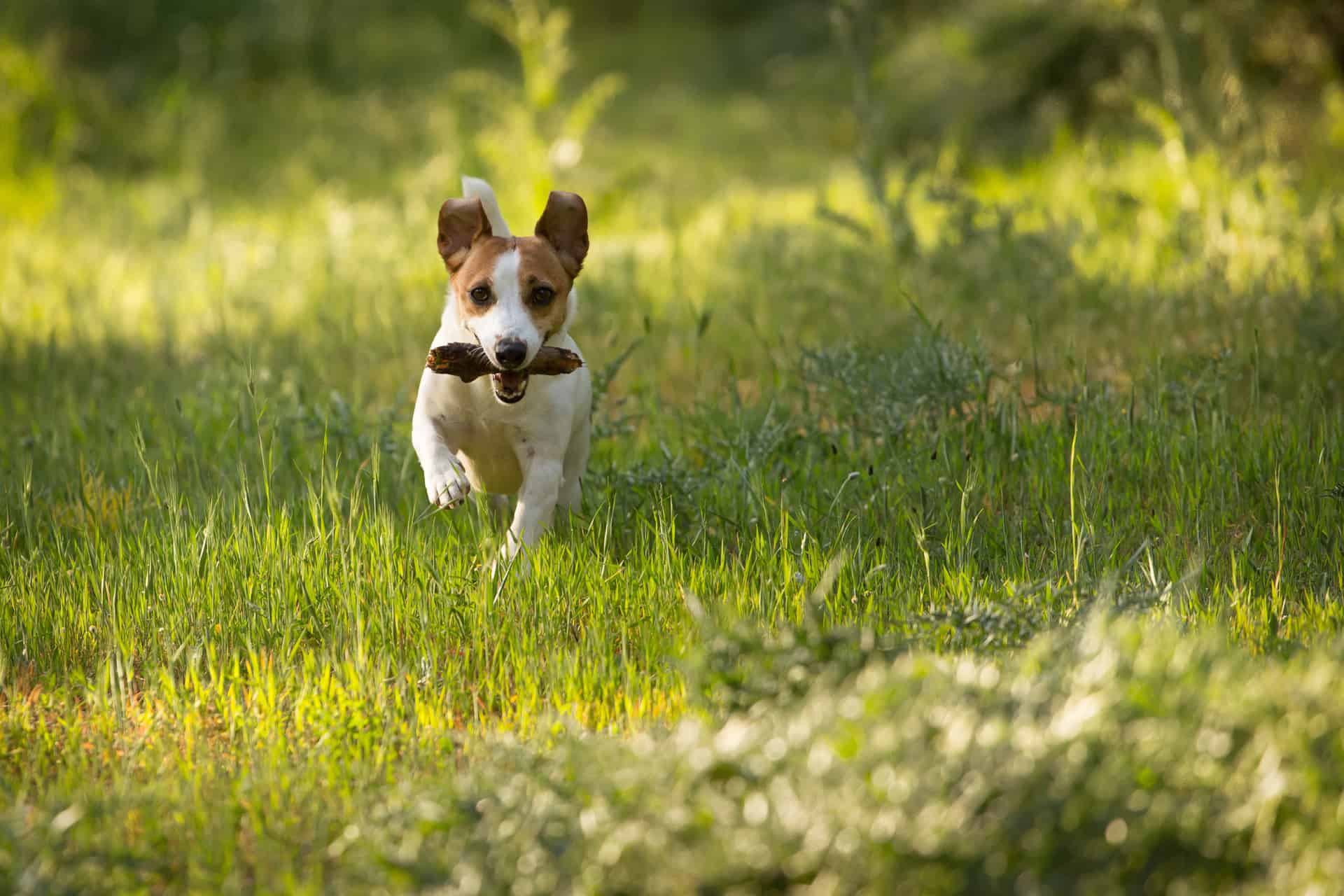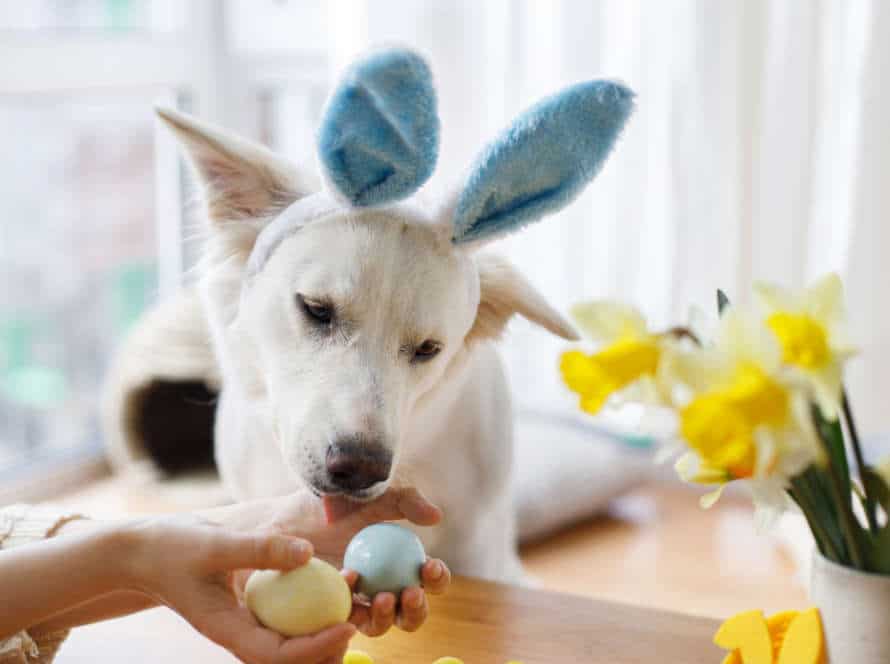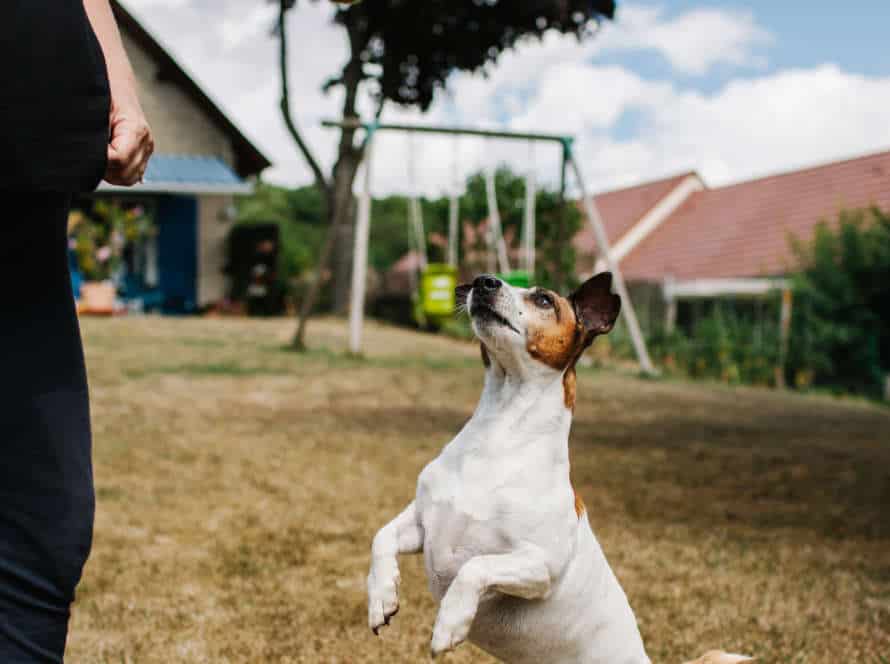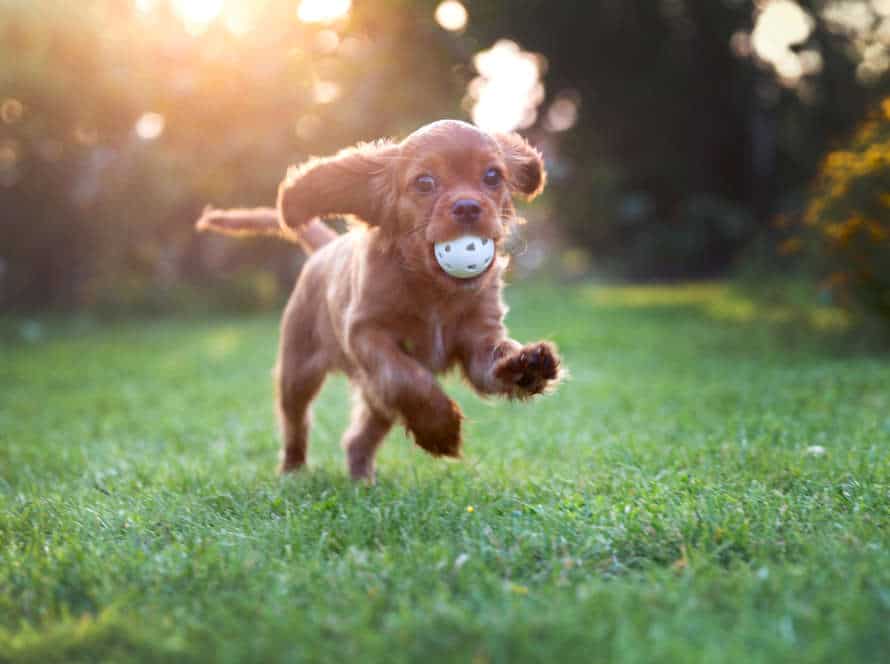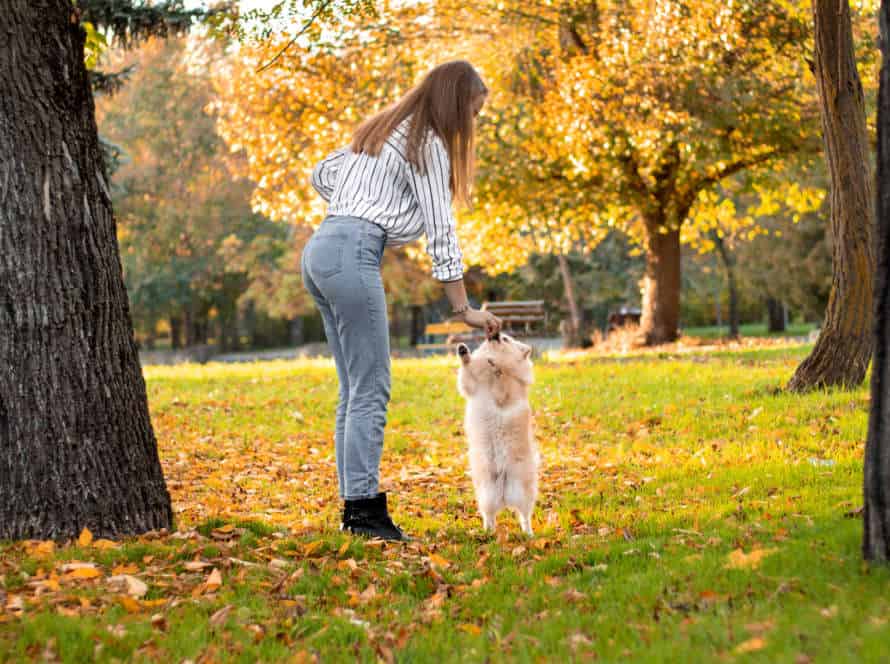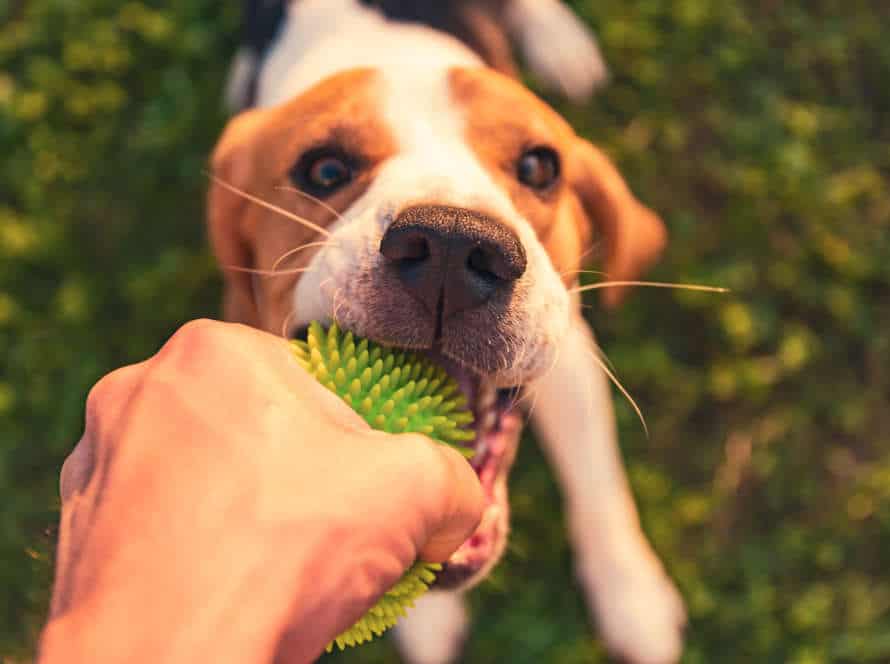The Art of Fetch: A Comprehensive Guide for Dog Owners
Learn the art of fetch with your furry friend! Here’s a guide to help you out:
- Train your pup to understand the “fetch” command.
- Use a safe and attractive fetch toy.
- Pick an appropriate spot, like a backyard or dog park.
- Throw the toy and say “fetch!”
- Reward your pup with treats for participation.
- Practice the game, but don’t overstimulate or exhaust.
- Monitor behaviour – address any aggression or disobedience.
- Keep the toys clean for your pup’s safety.
Fetching is a great way to make a bond with your pup. Pro tip: Ask your vet before starting a new exercise routine.
Understanding the Importance of Fetch for Dogs
Fetching is vital for pups. It keeps ’em physically and mentally active. Plus, it builds a strong bond between pup and owner. It helps both parties understand each other too. This guide explains why fetching is important and the advantages it offers.
The Physical Benefits of Fetch
Fetching with your pup has lots of physical perks, making it a great form of exercise! Here are a few of the ways playing fetch can help Fido stay fit:
- Gives a good cardio workout: Running and chasing a ball around can raise your pet’s heart rate and give them a great cardio workout.
- Boosts strength and agility: Fetching helps build muscles and agility, especially with the necessary quick turns and jumps.
- Assists with weight management: Regular playtime can help your pup stay at a healthy weight and burn off extra calories.
- Improves coordination and balance: Fetching requires hand-eye coordination and balance, helping your dog get better at these skills.
- Supports joint health: The movements involved with fetching can help with joint flexibility and reduce the risk of joint-related illnesses.
In conclusion, fetching with your canine companion is a fun and effective way to keep them physically fit and healthy!
The Mental Benefits of Fetch
Fetch with your pup isn’t just fun; it’s also great for their mental health! Here are the reasons why:
- Exercise: Fetch is a great way to help keep them fit and healthy.
- Mental Stimulation: When they play fetch, they use their minds to calculate distance, trajectory, and anticipate the movement of the object.
- Bonding: It’s a great opportunity to spend quality time together and build trust.
- Emotional Well-being: Fetch can help reduce anxiety, boredom, and give your pup a sense of accomplishment.
As a dog owner, fetch is an easy and fun way to provide physical exercise and mental stimulation to your pup.
The Social Benefits of Fetch
Playing fetch with your pup is so much more than just a fun game! It has great social and behavioral perks for both you and your pup.
For Pups:
- Fetch helps them learn how to mix with people.
- It keeps them active and thinking.
- Also, it helps them bond with their owners, increase confidence and reduce anxiety.
For Humans:
- Fetching is an amazing way to connect with your pup and get some exercise!
- It’s great for de-stressing and leaving you feeling energized.
Overall, playing fetch is an enjoyable and worthwhile activity for both of you. It has remarkable benefits that will strengthen your connection.
Teaching Your Dog to Play Fetch
Playing fetch with your pup? Great idea! It’s a great way to bond and get them exercising. Dogs love to chase and retrieve – it’s programmed into them. Teaching your pup to play fetch isn’t difficult. Just be patient; it’ll take time for them to learn. Motivate them and follow the right techniques and your puppy will learn to fetch in no time. Here’s how:
Choosing the Right Equipment
Playing fetch with your pup is a great way to bond and stay active. To have a fun and safe time, make sure to choose the right equipment. Here are some tips:
- Get a ball or toy that’s the perfect size for your dog. Too small and they could swallow it. Too big, and it’s tough to pick up.
- Choose toys made from durable materials that can handle rough play and chewing.
- Avoid toys with little parts that could be a choking hazard.
- Get a ball launcher or chuck-it device for long throws and less strain on your arm.
By picking the right tools you can make sure you and your pup have a great time!
Starting with Basic Commands
Playing fetch is not only fun, but also an important part of your pup’s physical and mental growth. To begin teaching your pup to play, you should focus on basic commands.
These include:
- Sit – Get your pup to stay in one spot while you throw the ball.
- Come – The most important part of the game, this command helps your pup understand when to come back with the ball.
- Drop it – This command helps your pup understand they need to release the ball. It prevents them from getting too possessive and encourages them to keep playing.
By starting with these commands, you can create a foundation for a safe and enjoyable game of fetch with your pup!
Encouraging and Rewarding Good Behavior
Encouraging and rewarding good behavior when teaching your dog to play fetch is essential. Here are some tips:
- Use positive reinforcement techniques like treats, praise and petting. Reward your pup for engaging with the toy, picking it up, and bringing it back.
- Be consistent. Start with short sessions and gradually increase length.
- Use a specialized fetch toy that’s easy for your pup to pick up and carry – like a frisbee or ball.
- Focus on praise for good behavior and not mistakes.
These tips will help you teach your pup the art of fetch, and build a stronger bond. Pro tip: Always supervise playtime for their safety and well-being.
Advanced Fetch Training Techniques
Make fetching more fun for your pet! This guide provides simple yet effective ways to train your dog. We’ll start with the basics and then move on to advanced techniques.
Basics include how to get your pup to fetch. Then, advance to more complex methods to teach your pooch even more!
Teaching Your Dog to Drop the Toy
Training your pup to drop their toy is really important for fetching. Here’s how to do it:
- Get your dog to hold the toy in their mouth, or play tug-o-war.
- Put a treat near their nose to get their attention.
- Say “Drop” and give them the treat as a reward.
- When they drop the toy, quickly praise them and give the treat.
- Keep doing it, and increase the distance between you and your pup.
With patience and positive reinforcement, you can teach your dog to drop the toy and have better behavior during fetch time.
Tip: Practice this technique regularly to help reinforce their obedience.
Teaching Your Dog to Catch in the Air
Teaching your pup to catch in the air? Patience, persistence, and practical techniques will help. Here’s some tips:
- Start with a toy your pup loves, then toss it a short distance.
- When they catch it in their mouth, say “catch” and reward ’em with a treat or belly rub.
- Gradually increase the distance and height of the toss.
- Be sure to use positive reinforcement, and never force your pup to catch something they don’t feel comfortable with.
- With time and practice, they’ll learn to catch the toy in the air and bring it back to you with pride!
Teaching Your Dog to Bring Back the Toy
Mastering the art of toy retrieval is key in advanced fetch training. Here are a few tips to get your pup to bring it back:
- Throw the toy a short distance away from you.
- Use commands like “Fetch” or “Bring it here,” and encourage your pup to pick up the toy and come back.
- Reward them with treats and praise each time they succeed.
- Gradually increase the distance the toy is thrown.
- Use positive reinforcement techniques and patience.
Practice and positive reinforcement will have your pup returning the toy in no time!
Troubleshooting Common Fetch Problems
Fetch is a fun game for owners and dogs! But, it can be tricky. Starting can be tough and off-leash issues can arise. Let’s explore tips and tricks to solve common fetch problems.
Dog Refuses to Play
If your pooch won’t play fetch, it could be for many reasons. Here are some typical fetch issues and advice to help motivate them:
- No Interest – Maybe they’re just not into it. Try changing the spot, time of day, or toy to get them interested again.
- Fear or Anxiety – They might be scared of the ball or the act itself. Encourage them to interact with the toy in a calm way, eg. play together, then slowly have them get it.
- Health Problems – They may be dealing with pain or discomfort. Go to the vet to rule out any health issues.
- No Training – Maybe they don’t understand the game. Start short practice sessions and reward them when they do well.
- Past Trauma – They may have had bad experiences with the game. Be patient, only play when they’re relaxed, and use positive reinforcement to build trust.
Pro Tip: Every pup is unique and may need a different way to get them to play. Keep trying and don’t give up!
Dog Doesn’t Retrieve the Toy
If your pup doesn’t bring the toy back during fetch, there might be some causes.
- No Training: He won’t get it if he hasn’t been taught right. Begin with simple lessons and use a small, easy-to-carry toy.
- Boredom: If he’s not interested, try a different toy or put a treat inside.
- Fear or Worry: He may be scared of the toy or the environment. Make him more comfortable with the toy until he retrieves it.
- Health: If he suddenly stops or seems to be in pain, check with your vet for any health issues.
Figure out the problem and work on it to have a better time playing with your doggo.
Dog Won’t Drop the Toy
Got a pup that won’t let go of their toy during a game of fetch? Don’t panic, this is common and can be fixed! Here are a few tips:
- Reward them with treats or toys when they release the toy.
- Offer a more attractive toy or treat to trade for the one they have.
- Train them to “drop it” on command – use positive reinforcement.
- Play with two toys at once, so when they bring one back, they drop it for the other one.
Consistency and patience are key when training. With time and practice, your pup will learn to drop the toy on command.
Understanding Fetch-Related Risks for Dogs
Fetching is fun for pups, however there are risks. For example: over-exertion, muscle strains and broken nails. This article will discuss these risks and give advice to help owners keep their furry friends safe while they play fetch.
Overexertion and Injury Risks
Exertion and harm are two conceivable dangers that pooches face when playing get. To keep away from these dangers, it’s essential for canine proprietors to comprehend the cutoff points of their canine’s physical capacities and to take insurances when playing get with their hairy companions. Here are some helpful hints to remember:
- Comprehend your canine’s breed and age. Different breeds have different exercise necessities, and older dogs may not be able to play get as heavily as younger dogs.
- Pick an appropriate playing surface. Avoid playing get on hard surfaces like concrete or asphalt, which can be tough on your canine’s joints.
- Utilize a soft, non-toxic ball or toy. Hard balls or toys can cause dental harm or injury if your canine bites on them.
- Monitor your canine’s behavior and health. Watch for signs of tiredness, overheating, or injury, and stop playing if your canine appears to be tired or in pain.
By taking these precautions, you can assist ensure that your canine remains safe and sound while making the most of the game of get.
Choking Hazards and Toy Selection
When picking toys for your pup, avoid chokable hazards. Here’s how:
- Don’t get small toys they can swallow.
- Choose toys that fit your pup’s breed, size, age, and chewing style.
- Watch them while they play, especially during fetch.
- Check their toys regularly and chuck any broken ones.
These precautions will ensure a safe, fun playtime.
Risk of Aggression and Fetch
Playing fetch with your pup is a great way to exercise and bond. But, it’s important to recognize the potential aggression risks.
Fetch-related dangers to dogs include:
- Possessiveness – Dogs may become possessive of their toys or objects they fetch, making them aggressive or territorial.
- Overstimulation – Some pups can become too excited during play and become hostile to their owners or other animals.
- Resource guarding – Dogs might see the person throwing the object as a threat and act defensively.
It’s essential to watch your pup during fetch play and teach them right behaviors and limits through positive reinforcement training.
Pro tip – Interact with your pup while they’re playing fetch and observe their actions for signs of overstimulation or possessiveness. Doing this will guarantee a safe and enjoyable playing experience for both you and your furry friend.
Conclusion and Additional Resources
To wrap up, playing fetch is a must for dogs and their owners! It strengthens the bond and keeps them fit. Here are a few tips to make fetch more enjoyable:
- Practice in a safe spot
- Use proper equipment
- Train your pup
But if you want more info on dog training and such, there are lots of resources. Take online courses, read books, or follow social media accounts of professionals. Keep learning and have a blast with your pup!
Oh, and one more thing: Playing with your dog can reduce stress and anxiety, so take breaks and have fun!
Frequently Asked Questions
1. What is the art of fetch?
The art of fetch is a game that dog owners play with their pets. It involves throwing a ball or other object and having the dog retrieve it and bring it back.
2. How do I teach my dog to fetch?
You can teach your dog to fetch by using positive reinforcement, starting with short distances and gradually increasing the distance and difficulty, and by choosing a toy or object that your dog likes to play with.
3. What are some common mistakes dog owners make when playing fetch?
Some common mistakes dog owners make when playing fetch include throwing too hard or too far, not using a proper toy, not providing enough positive reinforcement, and not monitoring their dog’s body language for signs of fatigue or injury.
4. How often should I play fetch with my dog?
The frequency of playing fetch with your dog depends on your dog’s energy level and interest in the game. Generally, it is recommended to play fetch once or twice a day for 10-20 minutes at a time.
5. How do I keep my dog safe while playing fetch?
You can keep your dog safe while playing fetch by using a safe and appropriate toy, monitoring your dog’s body language for signs of fatigue or injury, choosing a safe location to play, and supervising your dog during playtime.
6. Can any dog play fetch?
Most dogs can learn to play fetch, although some breeds may have a stronger prey drive or may be less interested in the game. It is important to train your dog to play fetch safely and to monitor their behavior during playtime.

